Clause 10 of ISO 9001 is the final clause of the standard. Clause 10 of ISO 9001 talks about improvement and the purpose of this blog is to give more information about this particular clause by going through what the standard says in this clause.
Here, you can either listen to the video where Luke goes into detail about Clause 10 of ISO 9001, or else, you can read the transcript in the following section.
Video Transcript of Clause 10 of ISO 9001 Video
By now, the organization should know what to prioritize and how to operate in line with the standard. One of the things to keep in mind is to make sure that the organization determines and selects opportunities for improvement and implements any necessary actions to meet customer requirements, enhance customer satisfaction and enhance the satisfaction of all stakeholders.
Because if we find an opportunity for improvement that will improve profitability, for example, I’m pretty sure that the shareholders will be happy. If we find a way in which a process can be done more efficiently, in a less stressful way and still meeting customer requirements, I’m pretty sure that employees will be happy with that improvement.
So even though the standard focuses only on customer requirements and enhances customer satisfaction, earlier in this standard in clause 4 we’ve mentioned that the quality of improvement is very good.
So in my opinion when looking at improvement we should consider all interested parties. not just our customers. The standard says that these improvements shall include improving products and services to meet customer requirements, correcting, preventing or reducing undesired effects, and improving the performance and effectiveness of the quality management system.
And effectively what we will need to do to improve our organization is to follow this very fantastic process that is available in clause 10 .2 of this particular standard. So let’s go through the non-conformity and corrective action process.
First of all, may I remind you that non -conformities have already been mentioned in clause 8 of this particular standard. So once again, the standard is repeating itself and mentioning non -conformity. once again, this time integrating it with corrective action. Having said that, in clause 8 .7, we talked about how we can segregate the product or ask the client to accept the non -conformity.
Here, we’re going to take a much more proactive approach and after analyzing why we had this issue, why we had this non -conformity or potential non -conformity, what can be done to avoid this problem from happening again in the future.
And it is my belief that if organizations take this particular clause by heart and only implement this particular sub-clause within the organization, drastic changes will be observed within just one year. Because if you are smart and mature enough as an organization to effectively learn from your mistakes and that you only tolerate mistakes to happen just once, then you are bound to continually improve your operations.
So let’s go into the details of what clause 10 .2 .1 is talking about. When non -conformity occurs, including any arising complaints, the organization shall react to the non -conformity and as applicable, take action to control and correct it, deal with the consequences.
So the first thing that we have to do when there is an issue is that we have to solve it for that particular client. Let’s say that we are a company who sells milk, okay? And we are doing a delivery of milk when all of a sudden the van stops.
The first thing that we have to do is, first of all, is to make sure that the temperature of the van didn’t increase too much. If this happens, we have to throw away all the milk. If we are able to react fast enough, then we might be able to transfer that milk from one van to the next and continue on our way to the customer. And that would be the way in which we are dealing with the consequences.
But once the product has been delivered to the customer and the van that was broken down is returned to the shop, then the real work and the corrective action have to start.
And the first thing that we will need to do is to identify the root cause. What caused the van to stop in the first place? We cannot just assume, we cannot say the first thing that comes into our mind.
For example, it would be easy to say that there was traffic and so the van overheated. But why did the van overheat? Is maintenance being done? And if not enough maintenance is being done, why is not enough maintenance being done?
And if not enough maintenance is being done, then probably this issue doesn’t just revolve around this van, but around all other vans. Now, if this van is older than the rest of the fleet, and that’s why it’s suffering the lack of maintenance, then we might want to consider the age of the other vehicles in our fleet to prevent the same situation from happening for the other vans.








